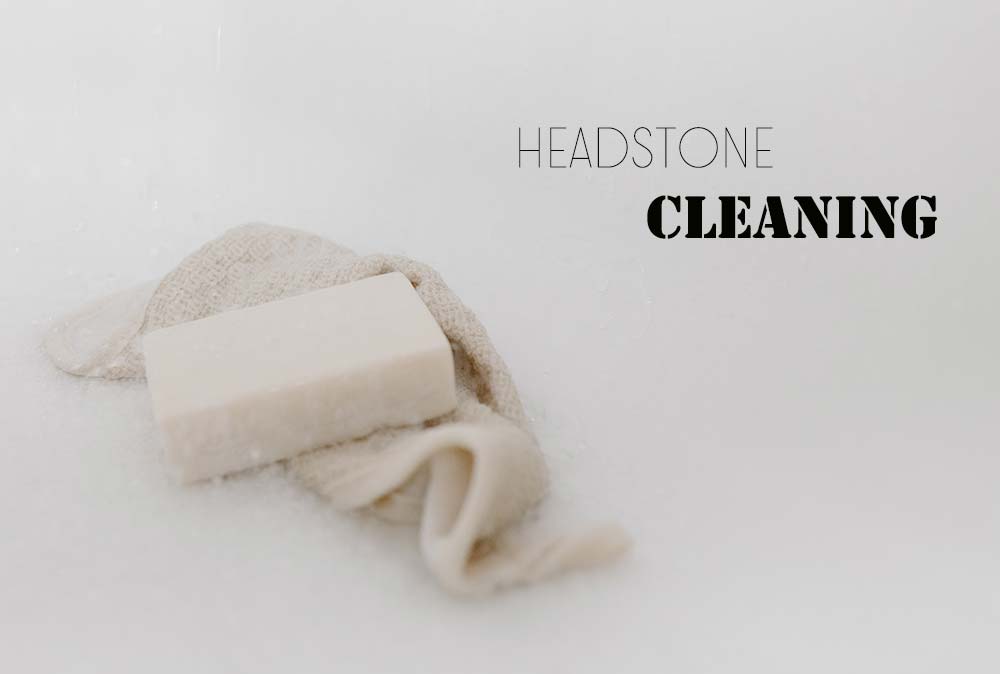
After buy a tombstone and place it in cemetery, you will find that it begins to age, fade,crack, even break as time goes on. It is definitely an inexpectant thing for those who see cemeteries as places of rest for their souls or those buy fancy and custom made headstones to commemorate the dead. Thus, if you hope the natural stone memorials can keep for a long time, you need to clean them.
You may think that because the cemetery is a perpetual care cemetery, the headstones would be maintained under that care. However, perpetual care usually provides for keeping of the grounds and regular maintenance of the overall cemetery. This may include cutting grass, planting and caring for trees, road maintenance, drainage, and sometimes straightening of the markers.
Besides, perpetual care cemeteries really only came into existence about 75 years ago, and, sadly, many old cemeteries have been lost. Even for those old ones that are maintained, more often than not, the stones are in desperate need of help.
So, if you want the gravestone to be well maintained, it is best to clean it yourself. Below are the details about how to clean an headstone made of natural stone.Because this kind of tombstone has a longer usage life than funeral monuments made of other materials and need more cleaning. We have divided it into a few points for the sake of easier reading.
Four Types of Natural Headstones and their Characteristics
Most headstones are made up of natural stones that are comprised of salts and minerals. The most common types of headstones existing today are made of sandstone, granite, marble, and limestone.
The natural stone tombstones can withstand varying degrees of cleaning, with most early ones being able to tolerate very little. Limestone and sandstone are very soft stones and were used a lot in early cemeteries because they were easy to carve.
Unfortunately, gravestones made from these types of stone often wear away faster, with many very old ones being no longer readable; this is due to the many environmental conditions that they're exposed to. Additionally, for many sandstone markers, water or moisture would accumulate in its cracks, and when temperatures dropped, freezing conditions would cause the stone to crack or break.
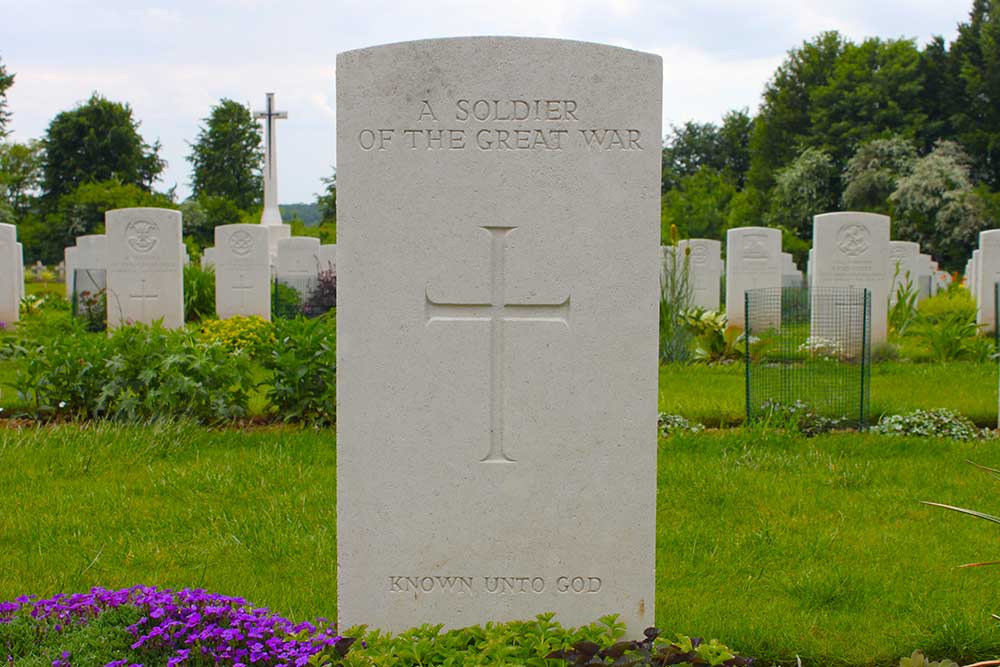
Marble was primarily used for headstones and monuments prior to the 1920s. Its hardness is rated between a 4 and 7. It is basically a recrystallized form of limestone. Some preferred marble because it withstood the elements slightly better than limestone and sandstone but was still fairly easy to carve. The beautiful veining pattern was also a great draw. Unfortunately, environmental elements also affect marble, and as a result, many cemeteries no longer permit marble headstones for outside markers.

The hardest of the natural stone type of monuments that you will see in a cemetery is granite, which is widely used today. Granite has a hardness of between 7 and 9 and can withstand a little more cleaning than the other types of natural stone; however, it still must be a very gentle cleaning. Most of the upright stones made today are created from granite.
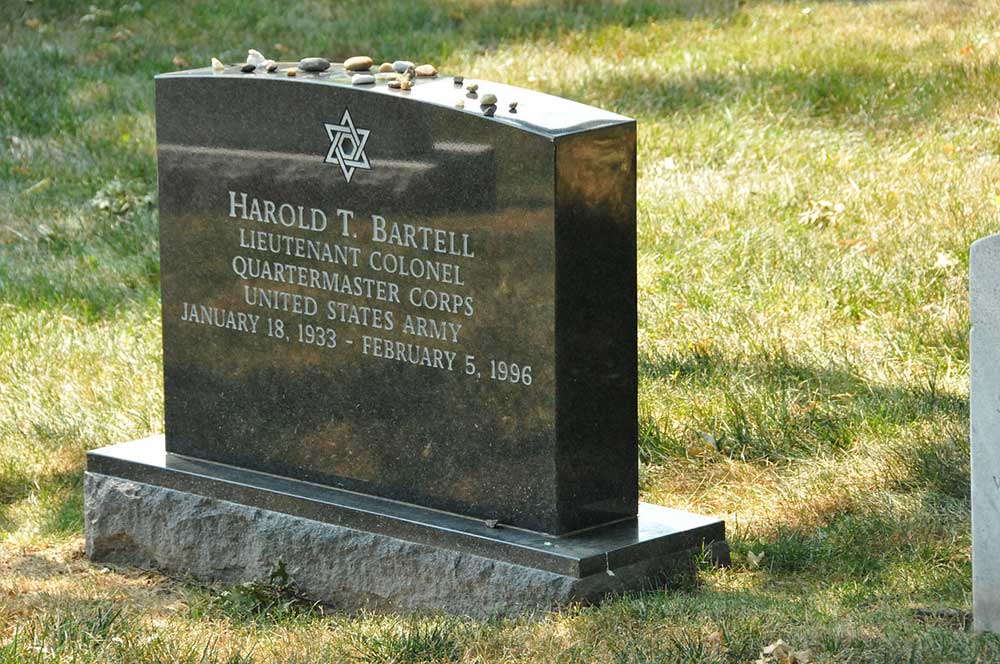
Check Local Laws First
Before starting on any headstone that is not a direct family member, be sure to check with local laws. In some areas, it may be illegal to do anything to a headstone belonging to anyone other than an immediate family member.
Take Precautions Before Cleaning a Headstone
Before you attempt to clean a headstone, you must first check its condition. If there is evidence of any of the following, do not proceed with cleaning:
1. The stone or lettering has any evidence of flaking or parts of the stone falling away
Fractures anywhere on the stone.
2. If anything even slightly suggests that the headstone is fragile or even slightly vulnerable.
If gently tapping the stone or the base results in any hollow sound.
3. The tombstone is not stable.
Tools Needed to Clean a Headstone
Before you head out to the cemetery, be sure to have some basic supplies with you. These supplies include:
- Jugs of distilled water (or garden hose if water access is available)
- Spray bottle/garden sprayer (new, never used for any type of chemical)
- Soft brush
- Firm toothbrush
- Sponges
- Craft sticks (to gently remove lichens)
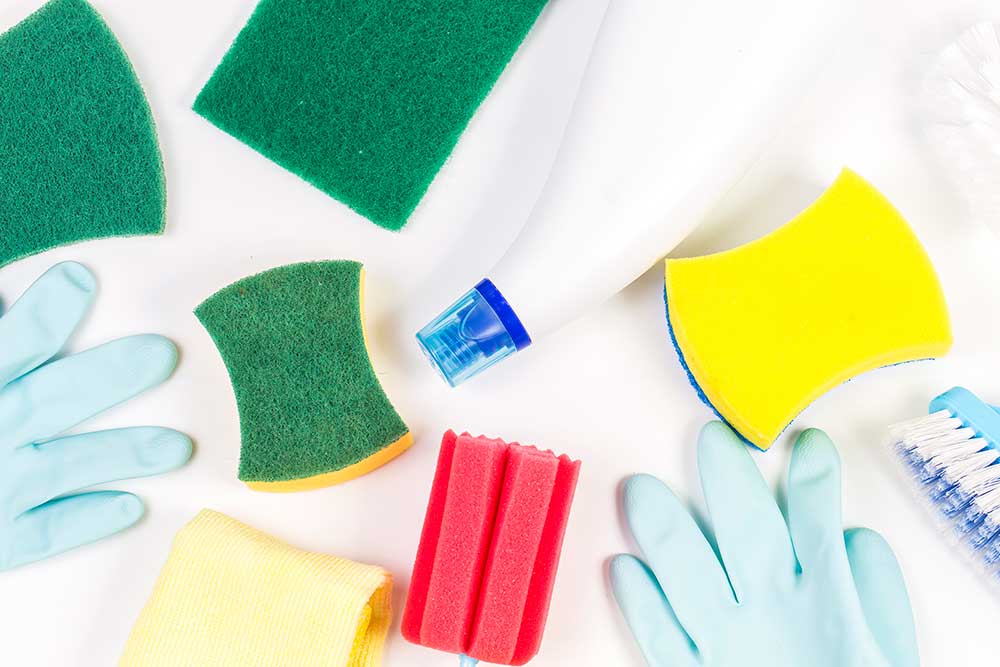
So, How to Clean a Headstone?
Step1. To begin, thoroughly saturate the headstone with water. By using a spray bottle or even a pump sprayer, you can use less water and ensure a clean rinse each time. Using water with different kinds and sizes of natural bristle brushes will require some patience, but it is the most natural and safest way to clean stones.
Step2. Begin cleaning the stone starting at the bottom and work upward. This will help to prevent any streaking and/or any additional staining from occurring than if you worked from the top down. Be sure to rinse the area cleaned often with the water.
Step3. It is best to begin cleaning with the softest brushes possible and only gradually move to stiffer natural bristle brushes if needed. Remember, never use a wire or metal brush.
Step4. If there are lichens or moss growing on the stone, gently scrape it with your wooden or plastic scrapers. Oftentimes, it will come off fairly easily; other times, it may need to be repeated.
Step5. It is possible to use non-ionic soaps to further aid in the cleaning, but the types that can be safely used are minimal. Unless you thoroughly research the type(s) and how to use it, do not use anything other than water and gentle brushing.
Step6. Rinse the cleaned area often and thoroughly rinse it when you've completed the cleaning of the headstone.
Remember, it's not only the stone itself we need to preserve, but what is carved on the stone. Besides, both the tombstone and its accessories such as granite flower vase and cemetery stone statues, etc, should be cleaned.
After all, that is how we will all know who rests beneath.
What You Should Not Use to Clean a Headstone ?
- Wire bristled brushes
- Metal anything
- Pressure washers
- Sandblasters
- Power tools
- Bleach
- Abrasive pads
- Acid or acidic cleaning agents (especially on marble or limestone) - should only be used by those properly trained working on non-calcareous stone
- Household cleaners including soap, detergents, Borax, TSP, anything you'd use to clean your home
- Any type of sealant
Remember—using improper cleaning materials can cause permanent and non-repairable damage to the headstones! Our goal is to preserve the headstone, not give it an accelerator to make things worse sooner than later.
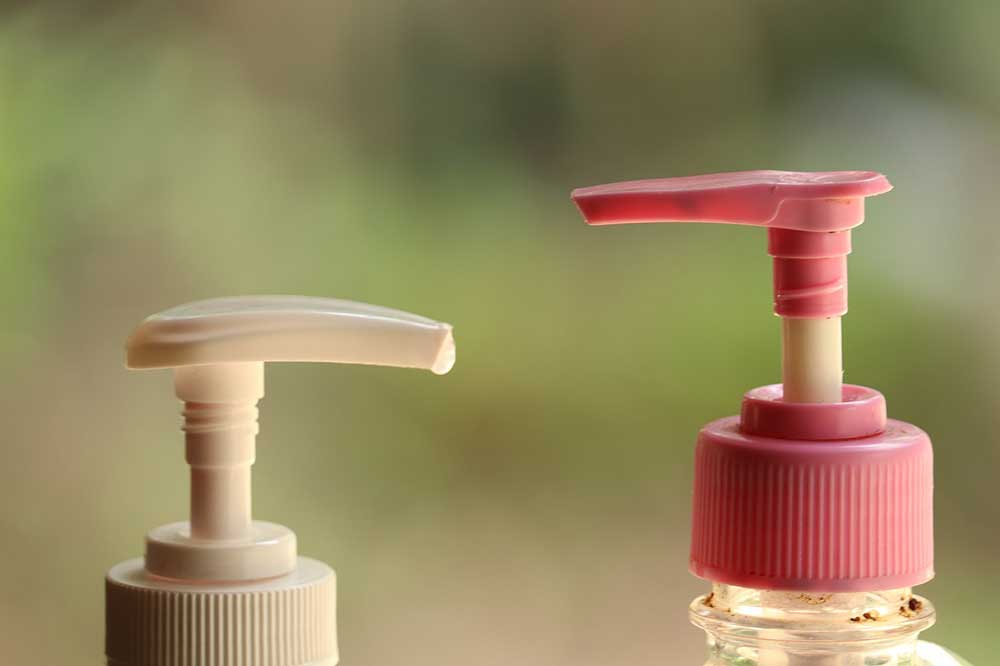
How often should tombstones be cleaned ?
Although the tombstones washed looks new,but they should not be cleaned frequently unless you found obvious stains on them. It is best to wash tombstone once every five to ten years.
When you follow the steps above, you'll be well on your way to preserving someone's marker longer.
I believe it's important to get our children involved and help them to understand the importance of keeping up the resting place of our loved ones; after all, they're the generation that will be keeping up ours.
For more information about tombstone cost, designs, selection, stories,ect, check out our headstone blogs.

 en
en fr
fr de
de es
es Email : Leo@xmmason.com
Email : Leo@xmmason.com Tel : +0086-595-87676673
Tel : +0086-595-87676673 Mobile : 0086 18250258305
Mobile : 0086 18250258305





